Many adults also experience heel soreness, foot pain after standing for long periods, and fatigue while walking. Behind these issues often lies a collapsed foot arch.
Nowadays, more and more rehabilitation centers, schools, and foot health institutions are introducing flatfoot detection devices, using scientific and objective data to determine the condition of the foot arch. So, how exactly are these devices used? And how should we interpret the data?
Today, we’ll explain it all in simple terms.
1. What should be prepared before testing?
Before using a flatfoot detection device, the person being tested needs to take off their shoes and socks to expose clean soles. The test is best conducted in a standing or walking state to truly reflect plantar pressure and arch support.
Some devices use static pressure plates — you only need to stand on them for a few seconds. Others are dynamic testing mats that require you to walk over a detection path. Each method has its own focus: the former evaluates structure, the latter focuses more on the gait process.
2. How does the flatfoot detection device work?
These devices typically rely on pressure-sensing technology or optical scanning technology. They collect pressure data from different regions of the sole, footprint contours, and foot arch height. By comparing the integrity of the medial longitudinal arch, the device helps determine whether there is arch collapse, foot pronation (eversion), or supination (inversion).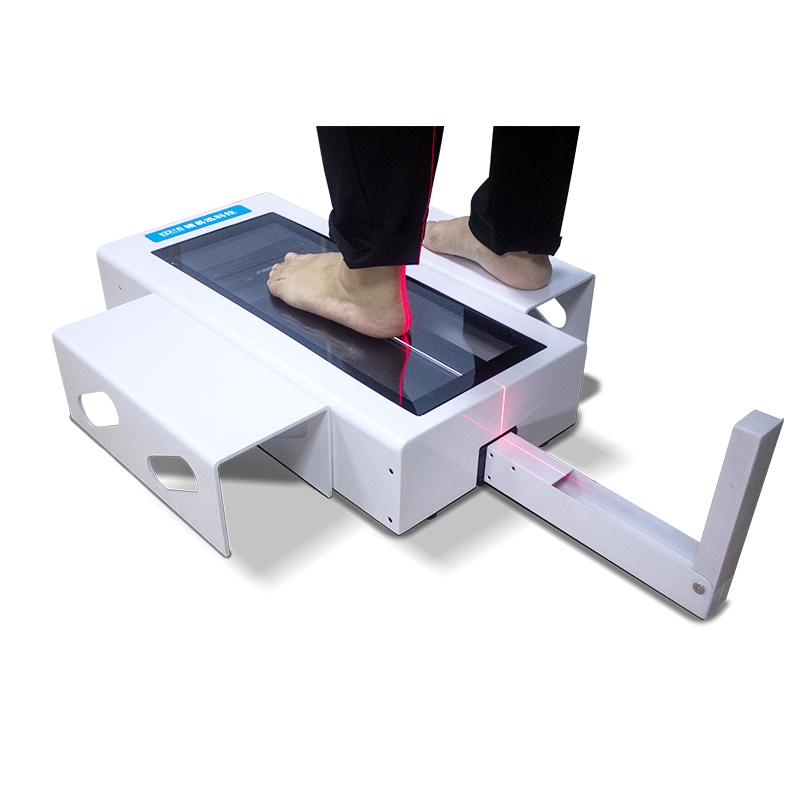
3. How to read the key data?
Arch Index
This is one of the core parameters for identifying flat feet. The footprint is usually divided into three parts: forefoot, midfoot, and rearfoot.
Arch Index = Midfoot Area ÷ (Forefoot + Midfoot + Rearfoot Area)
Index ≥ 0.26 → Suspected flatfoot
Index ≤ 0.21 → Possible high arch foot
Normal range: 0.21 ~ 0.26
Contact Area Distribution
A normal foot type should show balanced pressure in the forefoot, midfoot, and rearfoot. If the arch is completely collapsed, the midfoot region will have a large contact area with concentrated pressure, indicating a support structure imbalance.
Symmetry Between Left and Right Feet
Are both foot arches in a consistent state? If one side shows significant collapse or tilt, it may indicate a structural or functional issue, such as pelvic rotation or leg length discrepancy.
Foot Pronation/Supination Angle
This measures the tilt direction of the heel and helps analyze whether the person has unstable walking patterns, such as “turned-in” or “turned-out” feet. Severe pronation is often accompanied by flat feet.
4. What should be done after testing?
If the condition is only mild physiological flatfoot and there is no pain or functional disorder, no special treatment is usually necessary — just maintain proper sitting and walking posture and engage in moderate exercise.
However, if the following symptoms are present, further intervention is recommended:
Fatigue or pain after long periods of walking
Obvious foot pronation or heel misalignment
Abnormal shoe wear patterns or center of gravity shift
Impact on knees, lower back, or posture
Intervention methods include functional training, orthotic insoles, physical therapy, and posture correction exercises, all of which are best carried out under the guidance of a professional evaluator or rehabilitation therapist.

 +86-0755-86131192
+86-0755-86131192 2025-06-20
2025-06-20 Back to list
Back to list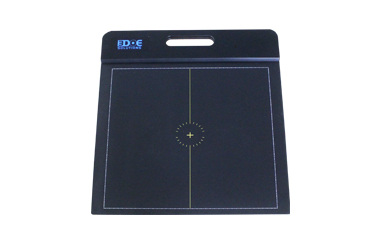
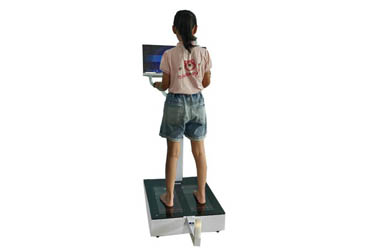
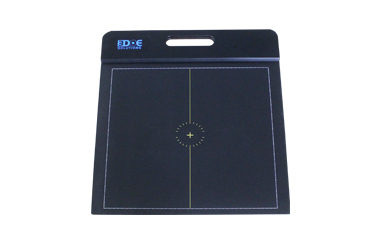
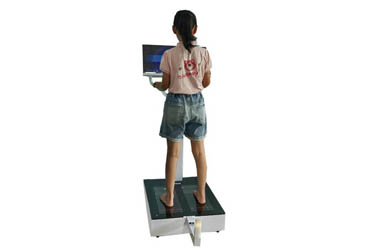
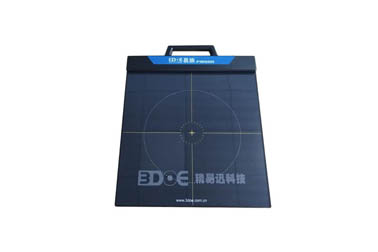
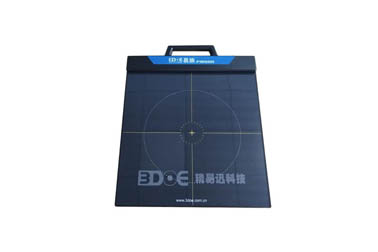



 +86-0755-86131192
+86-0755-86131192